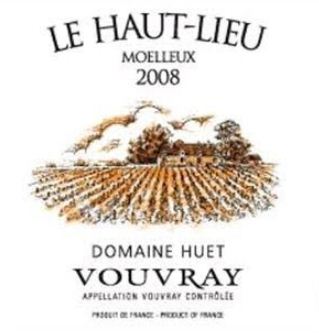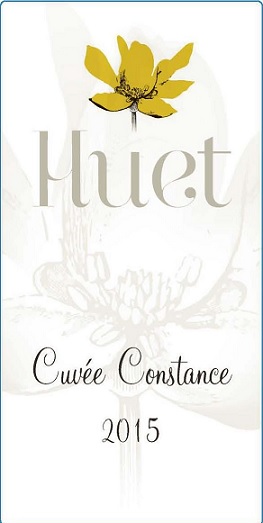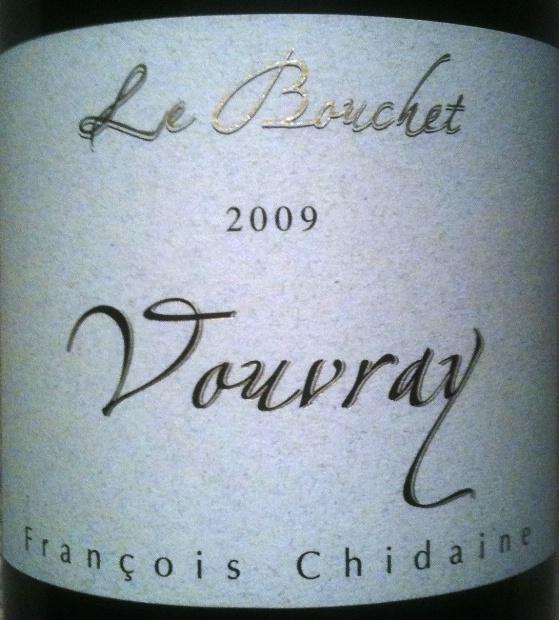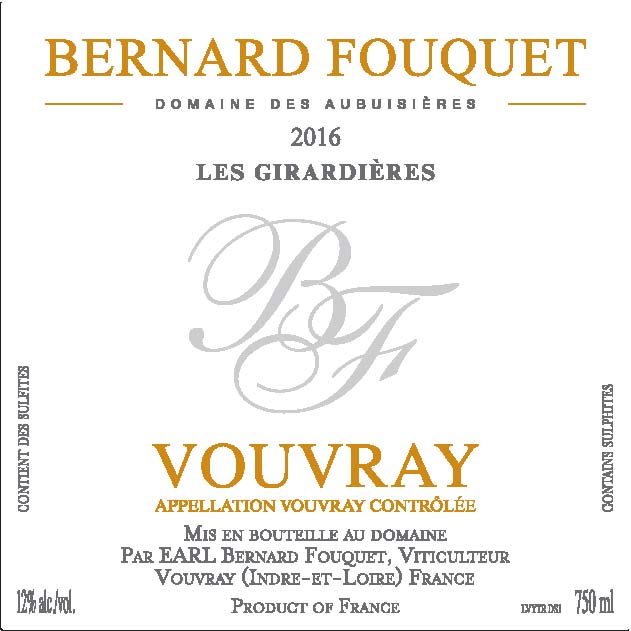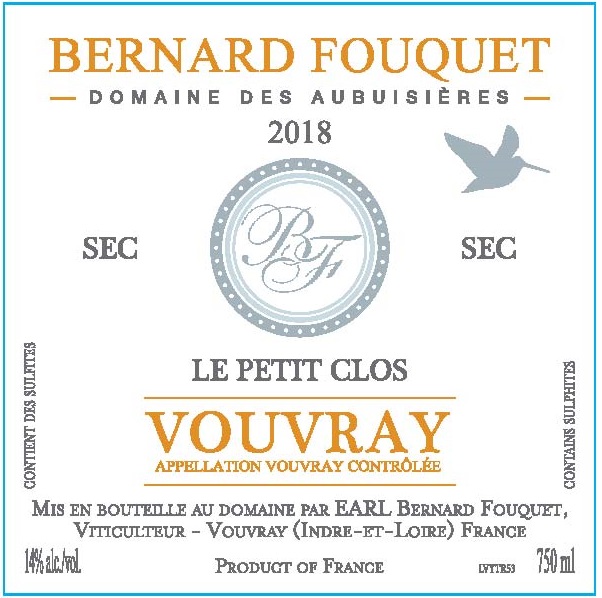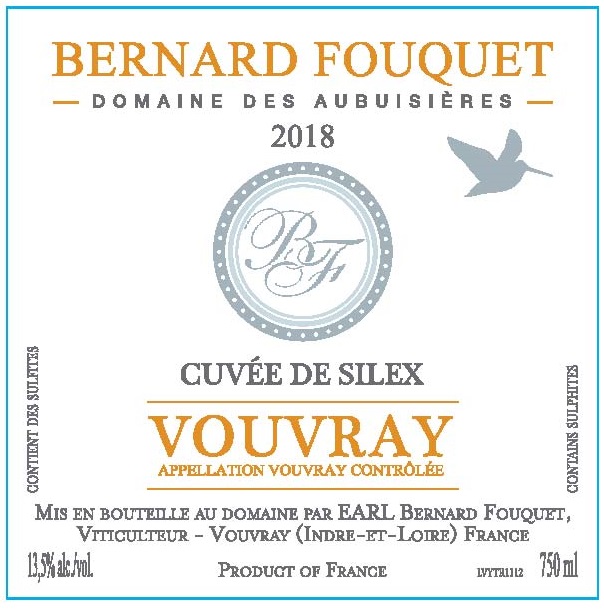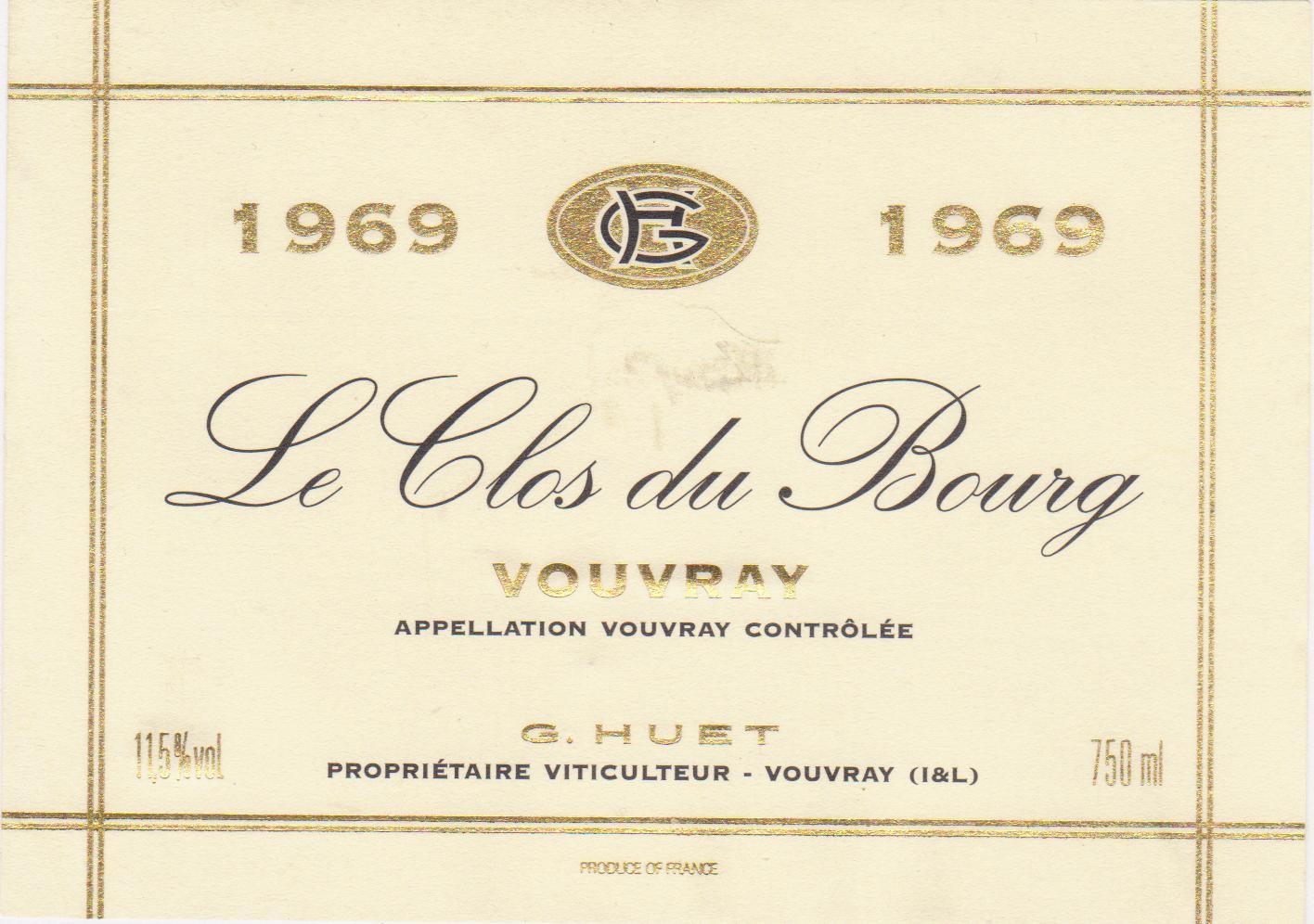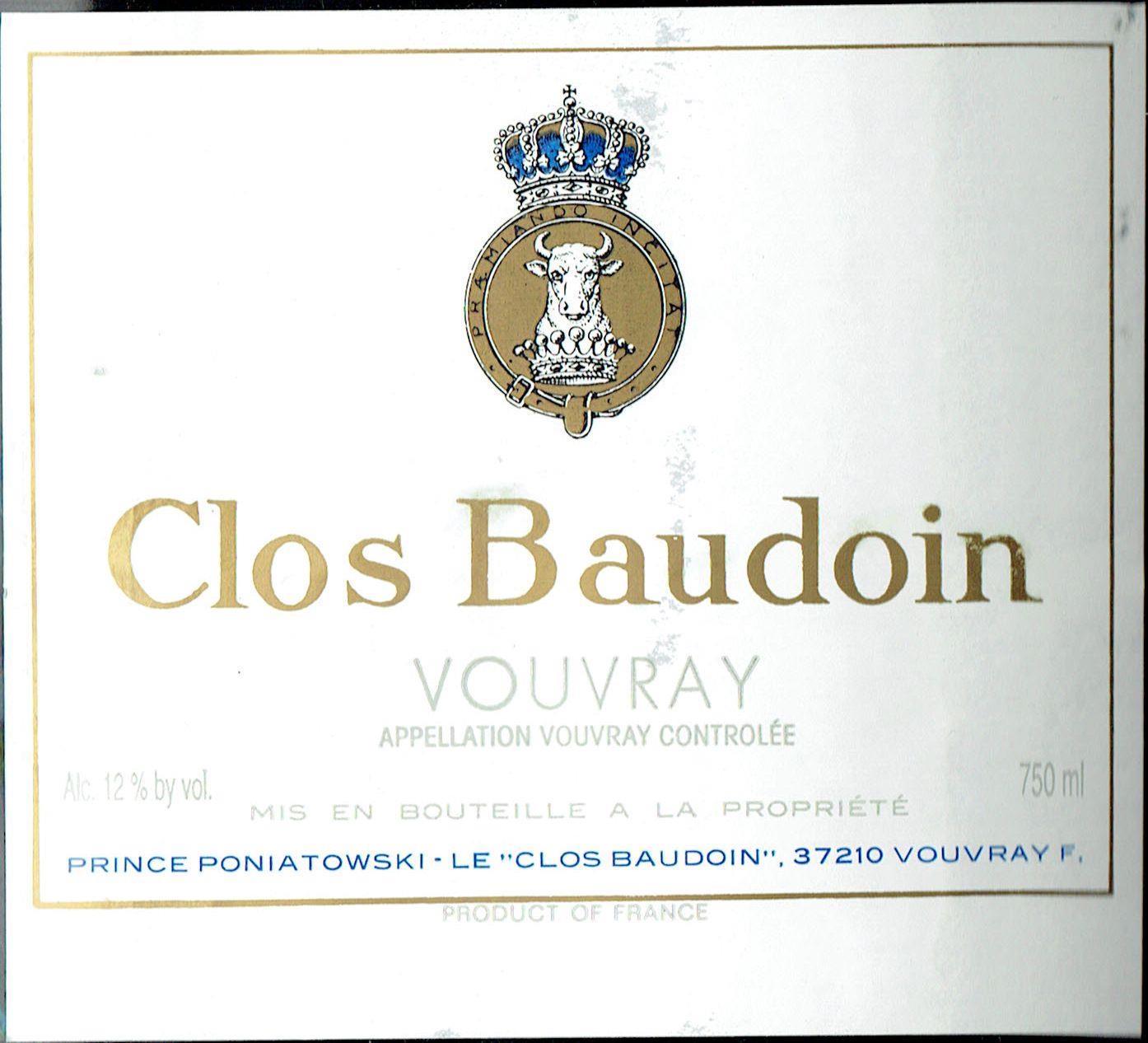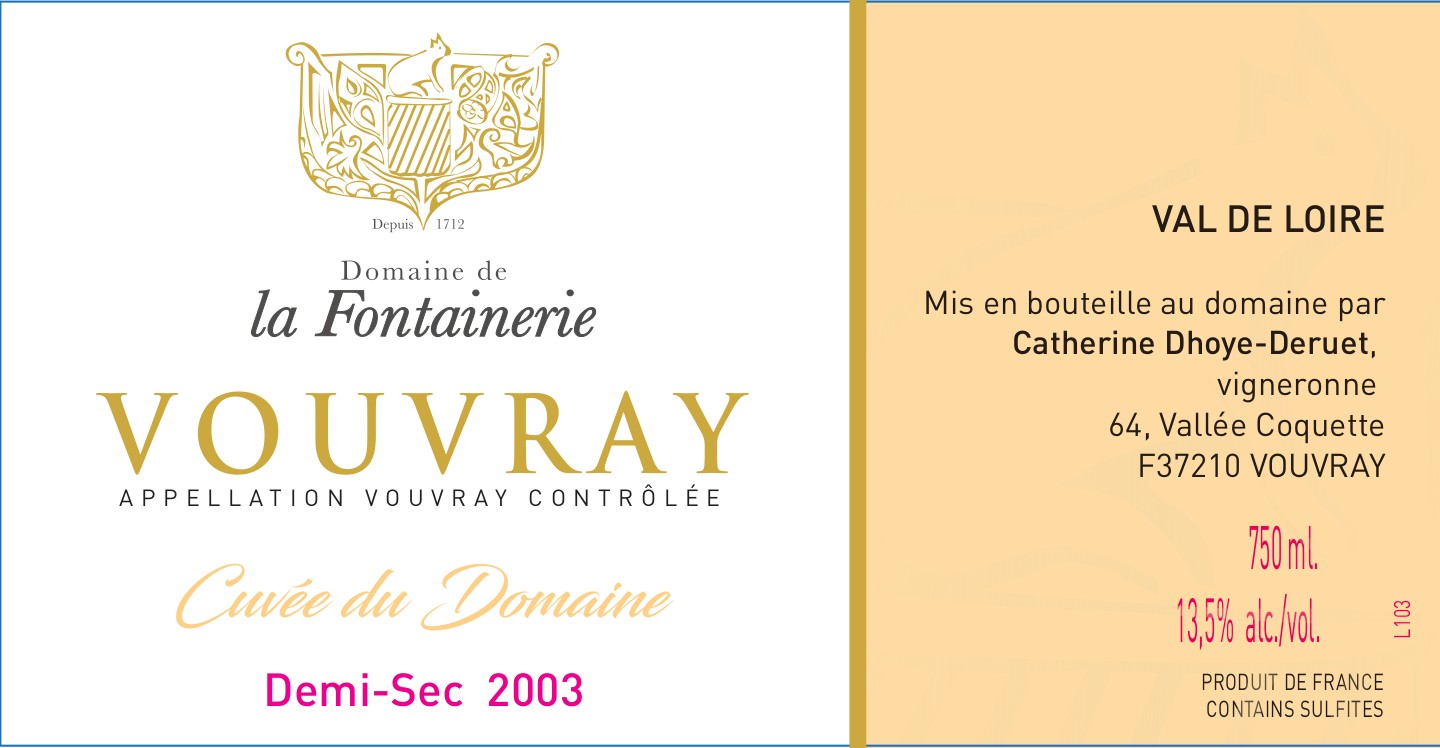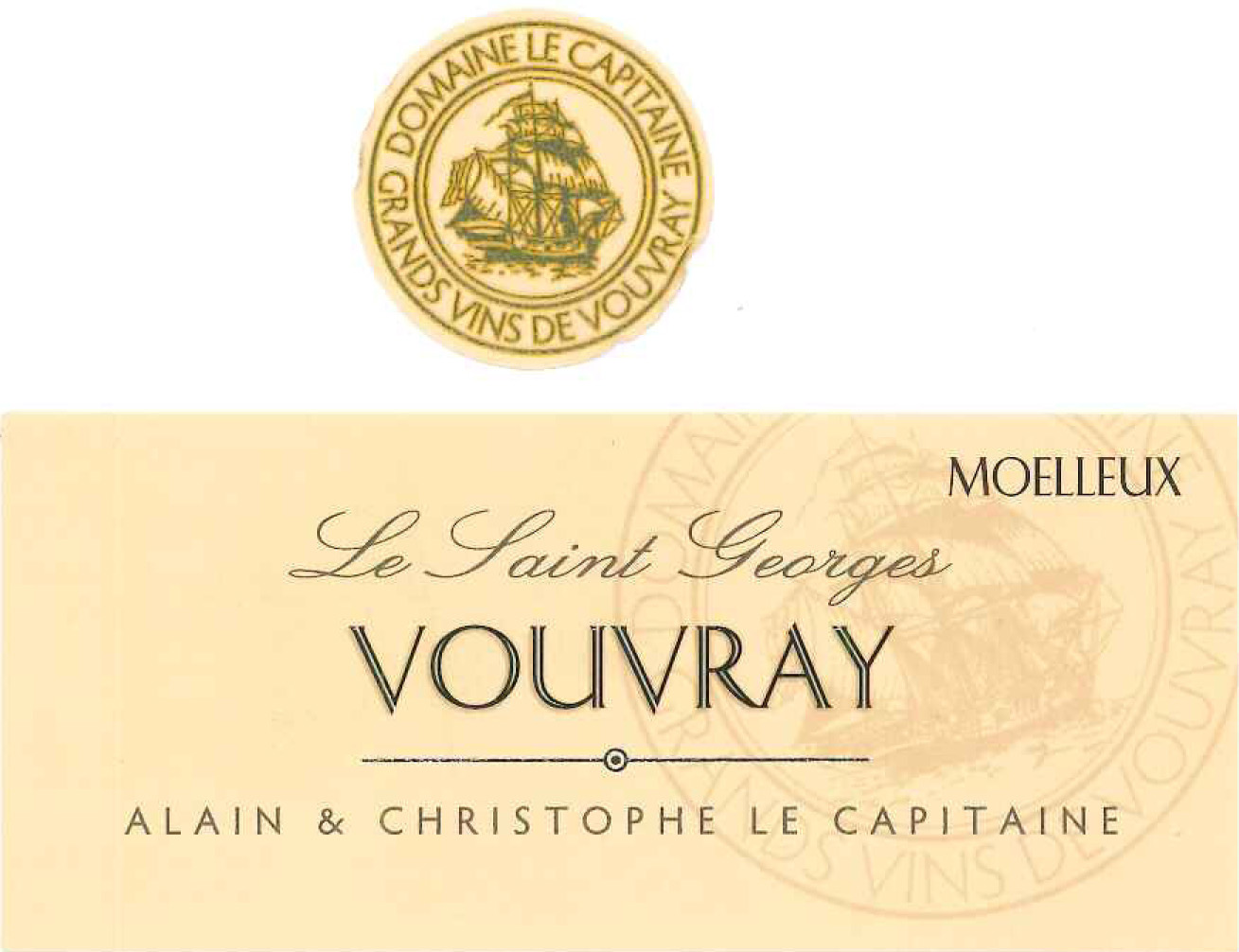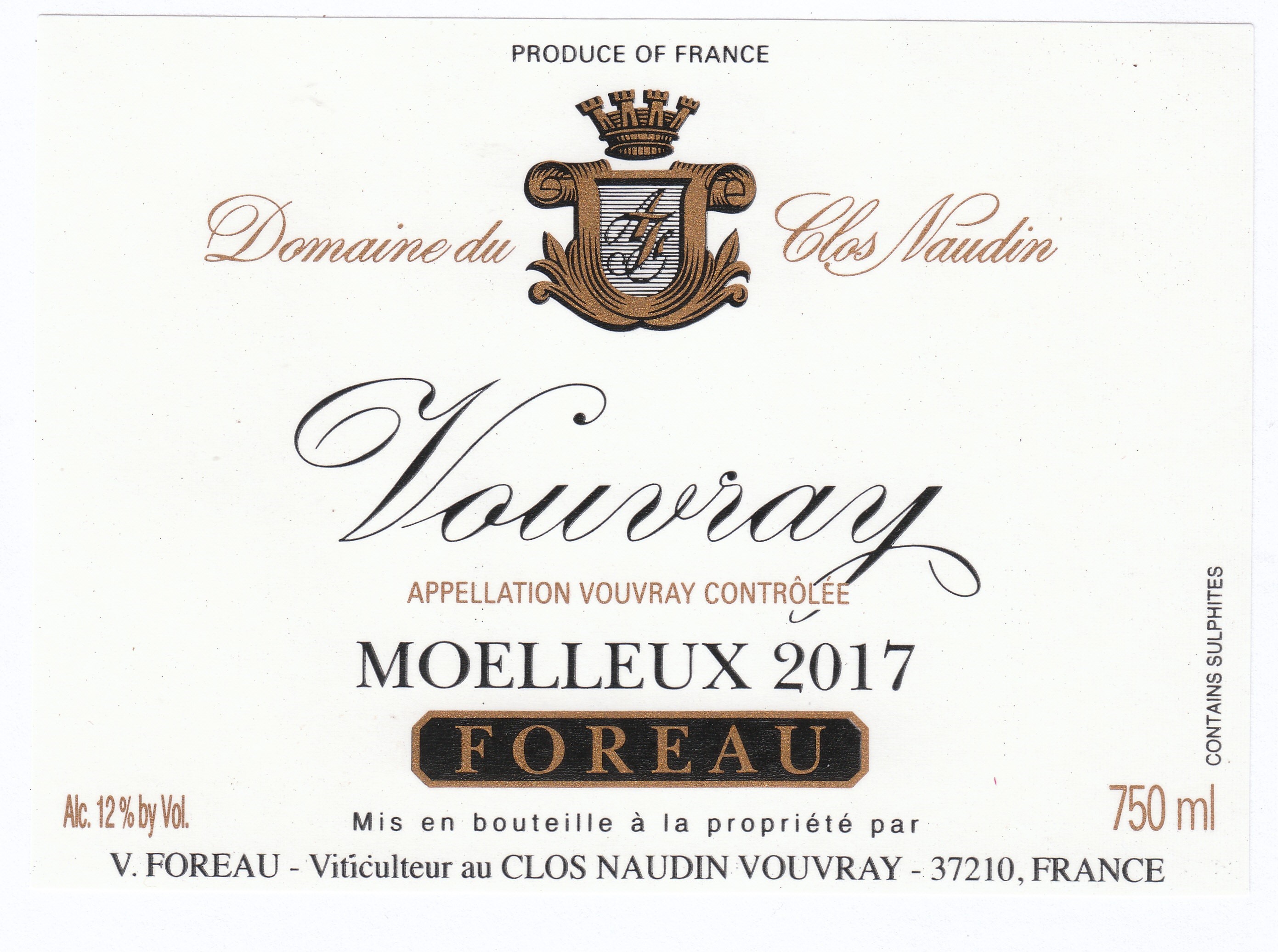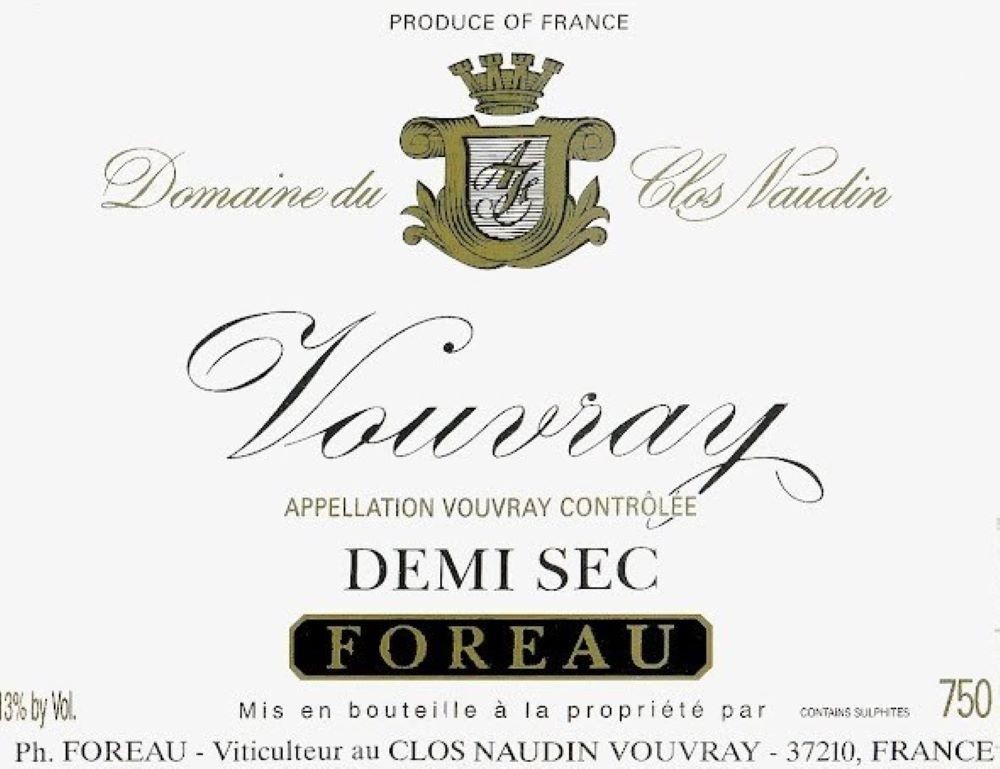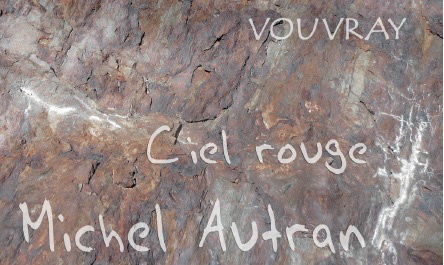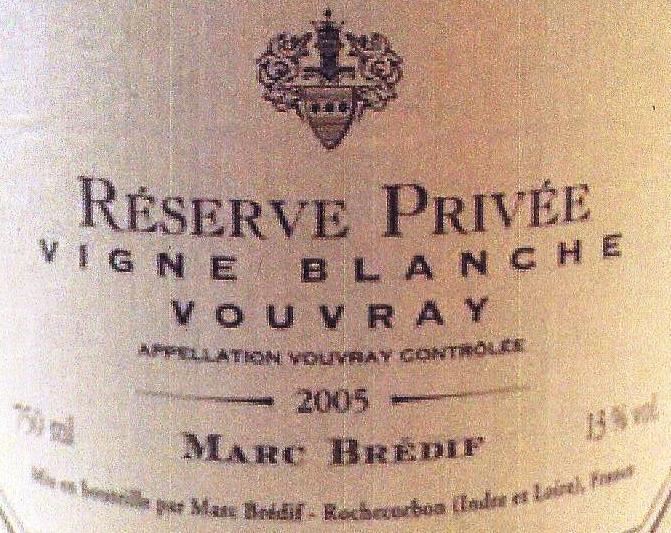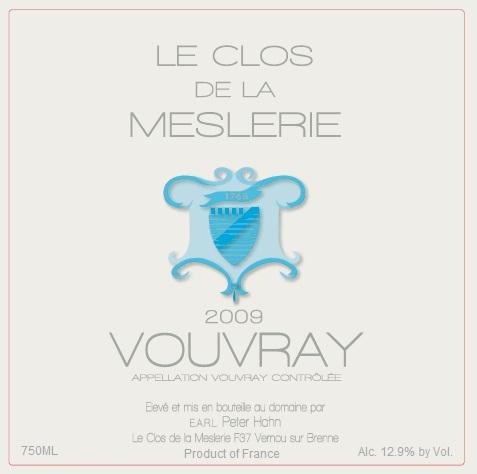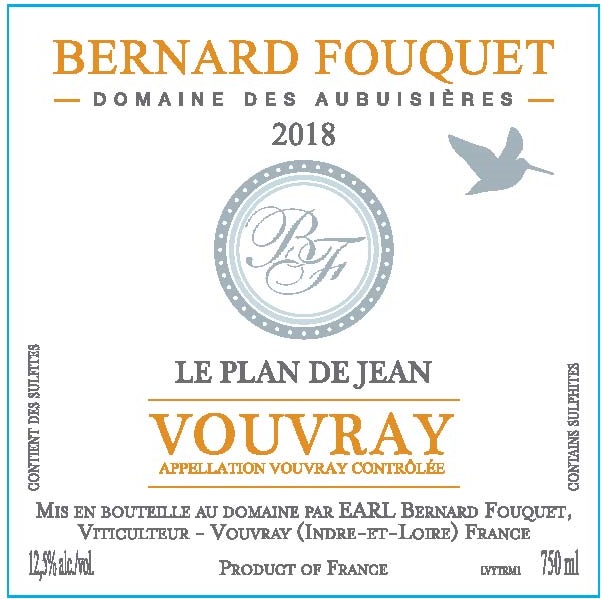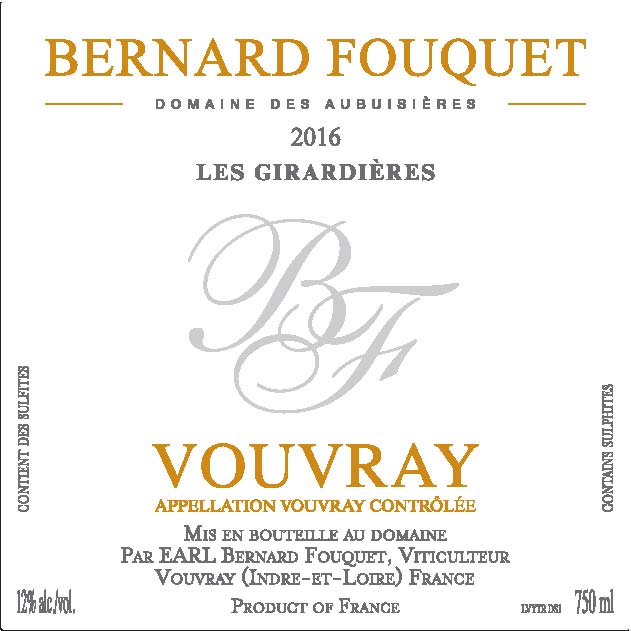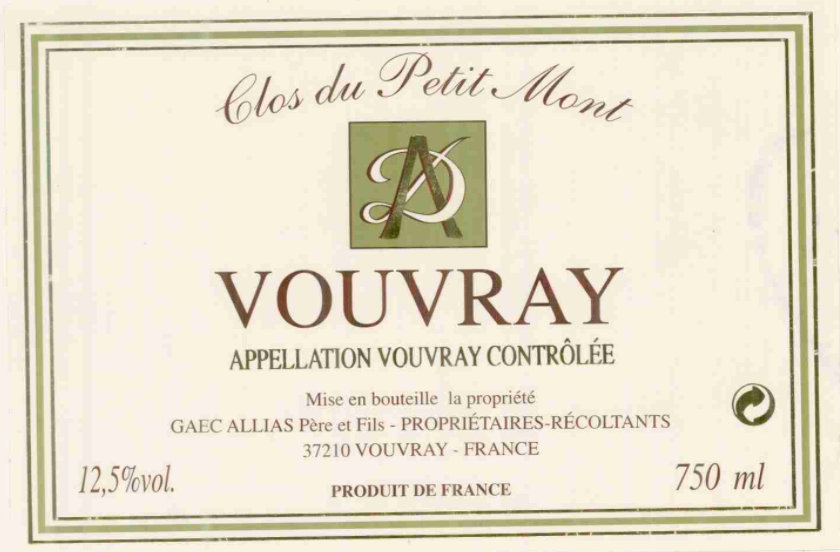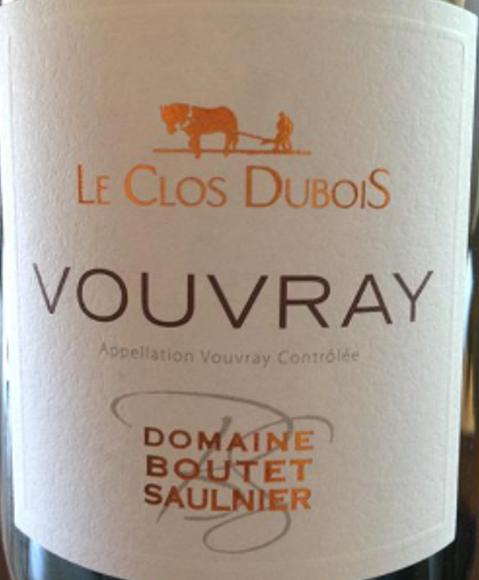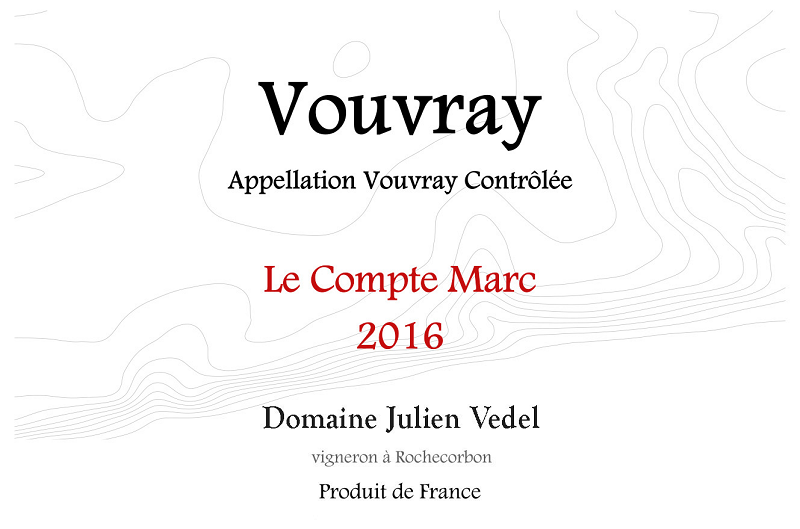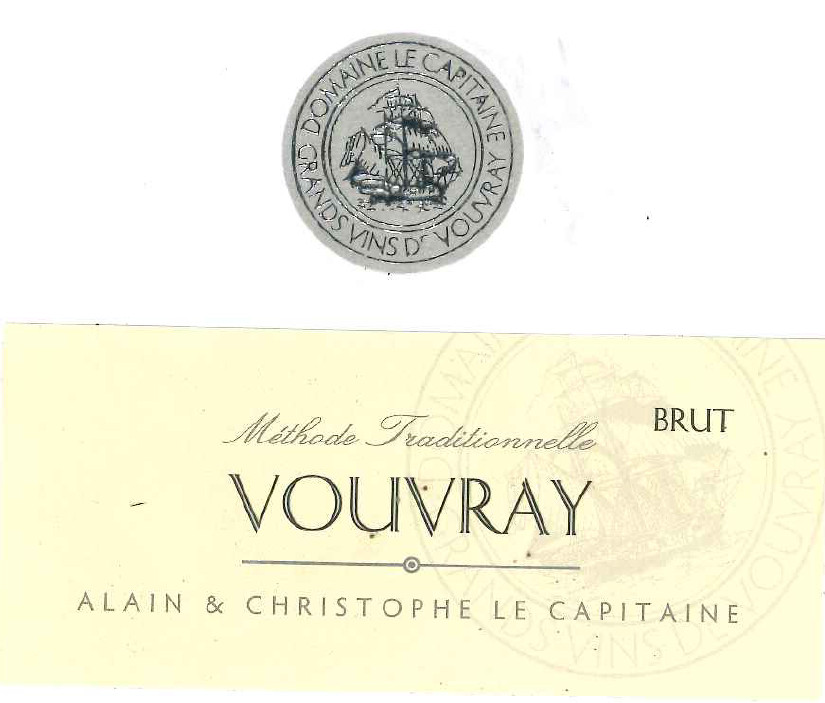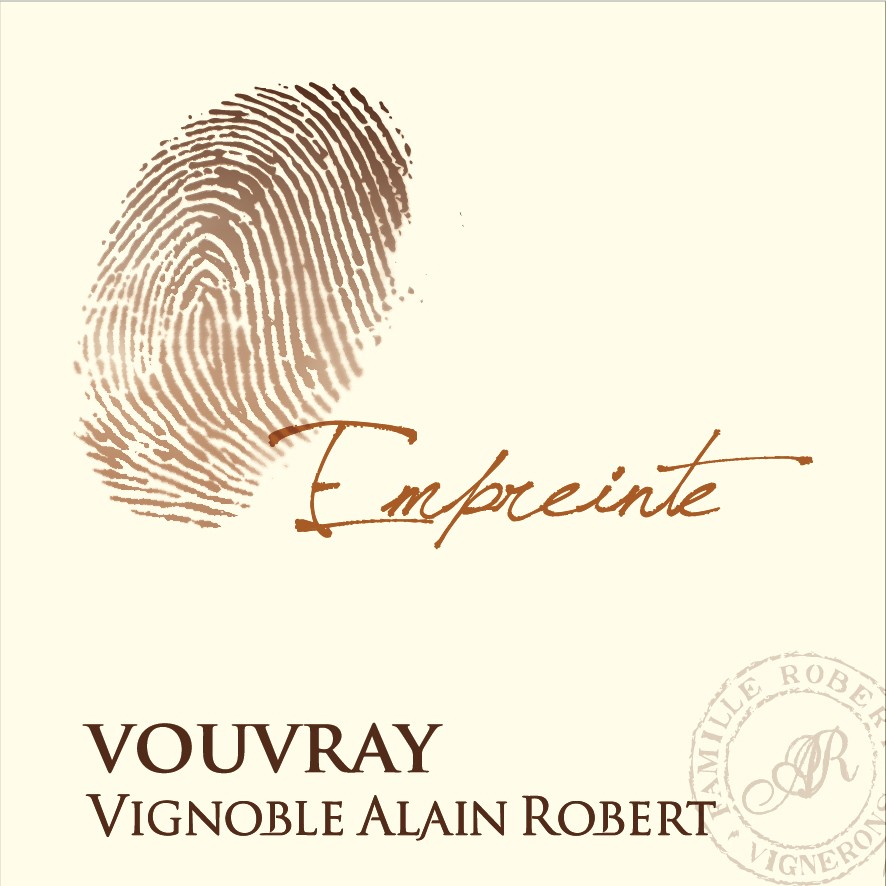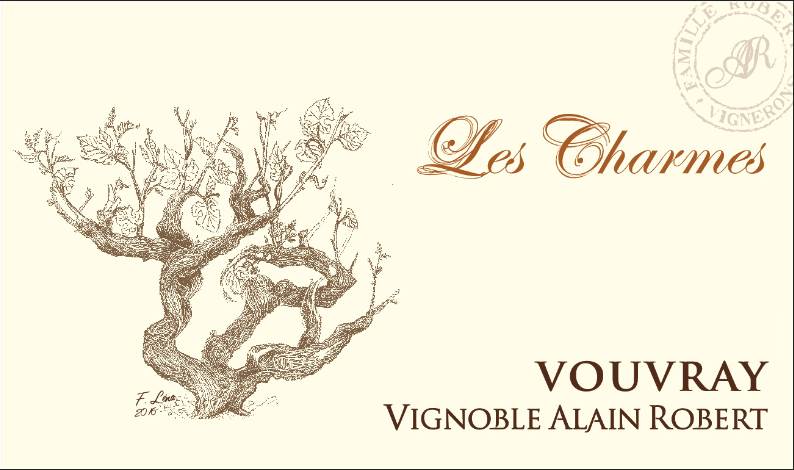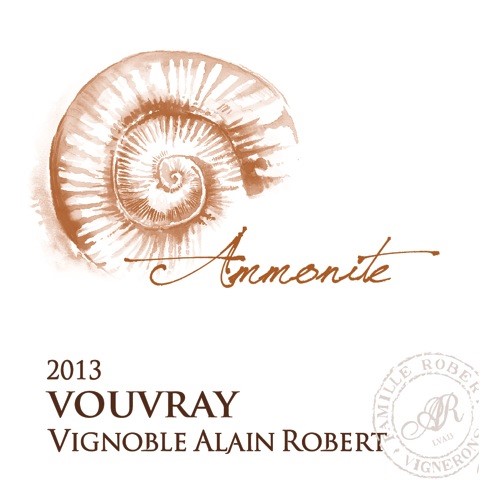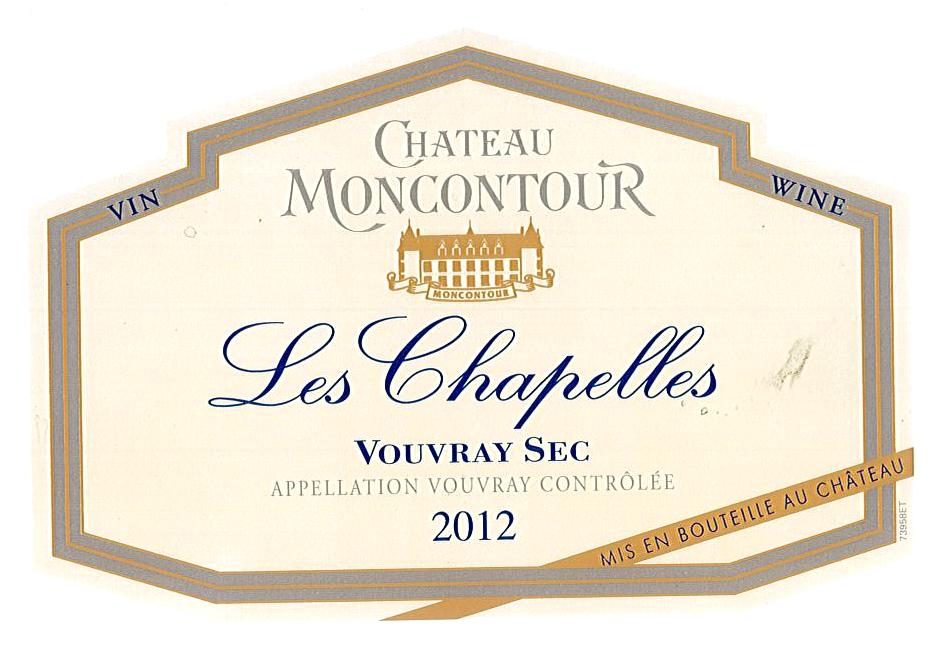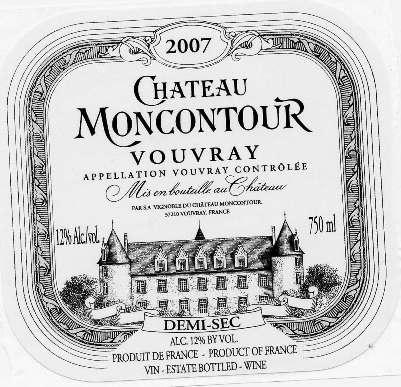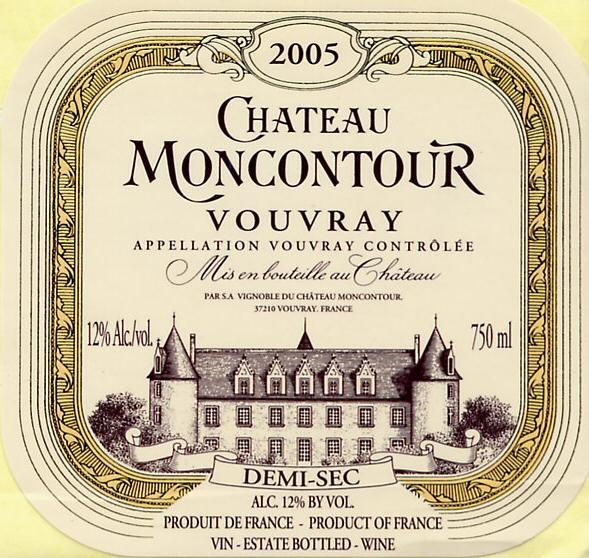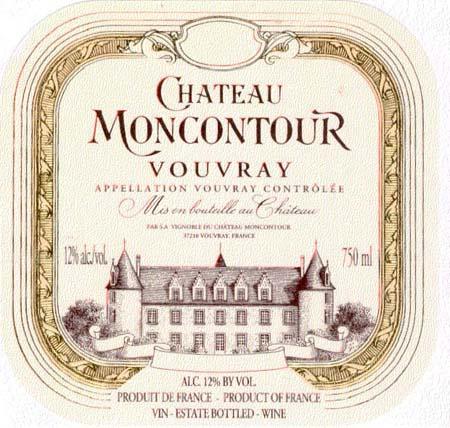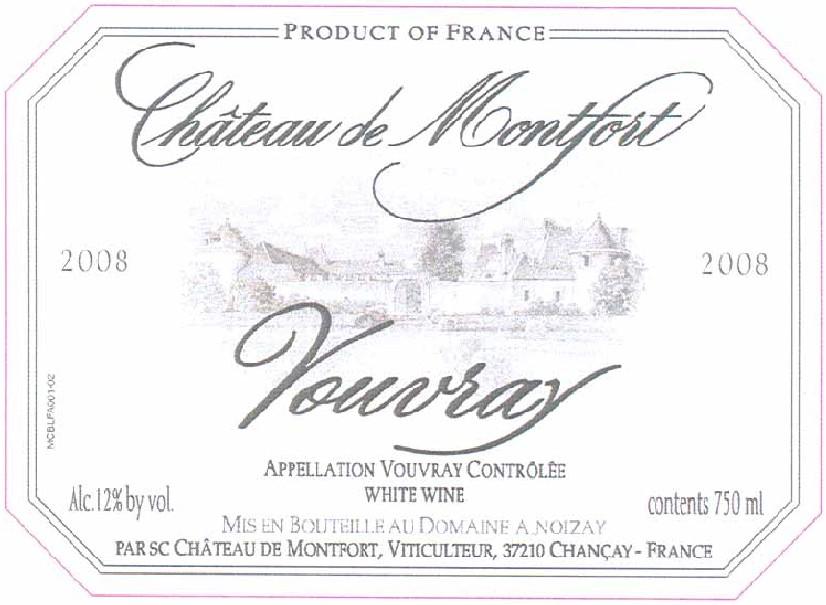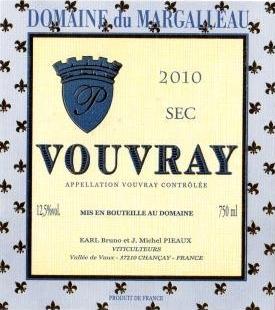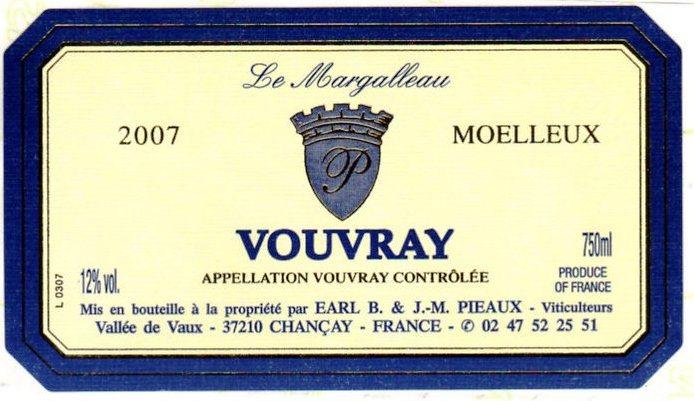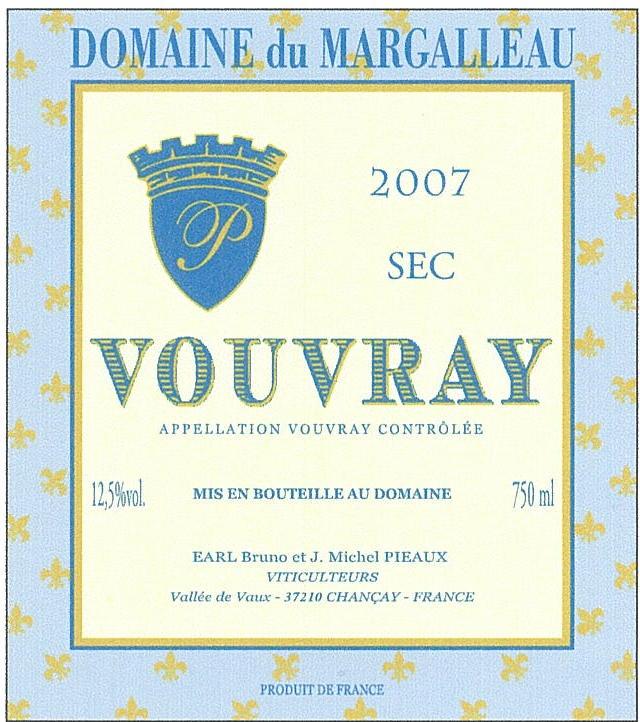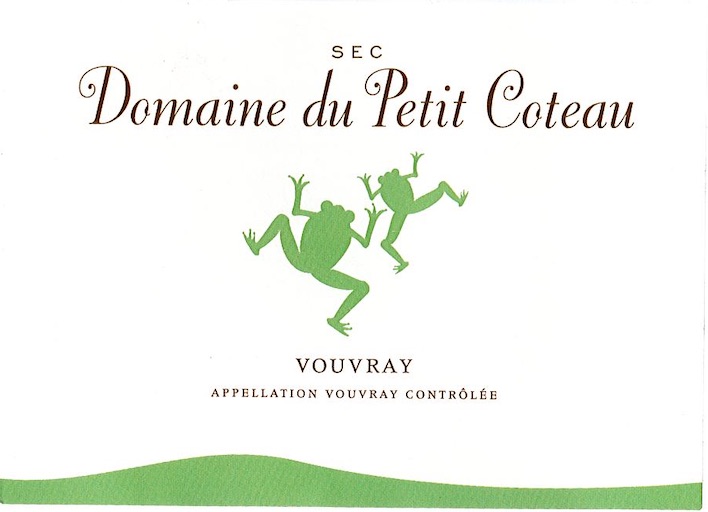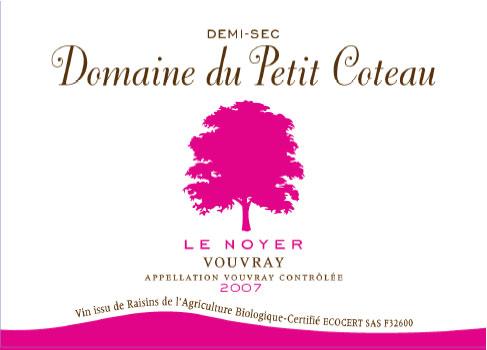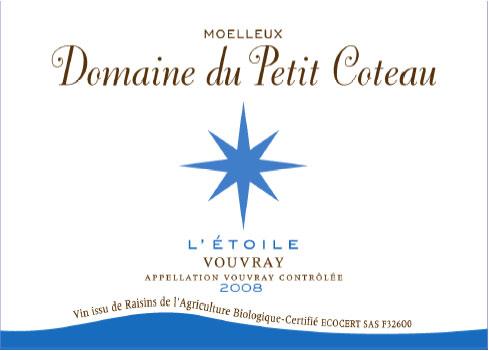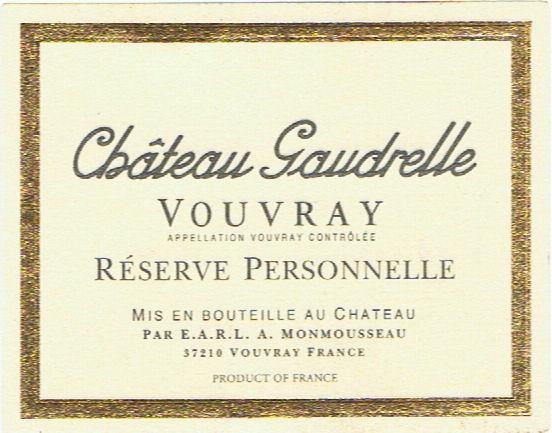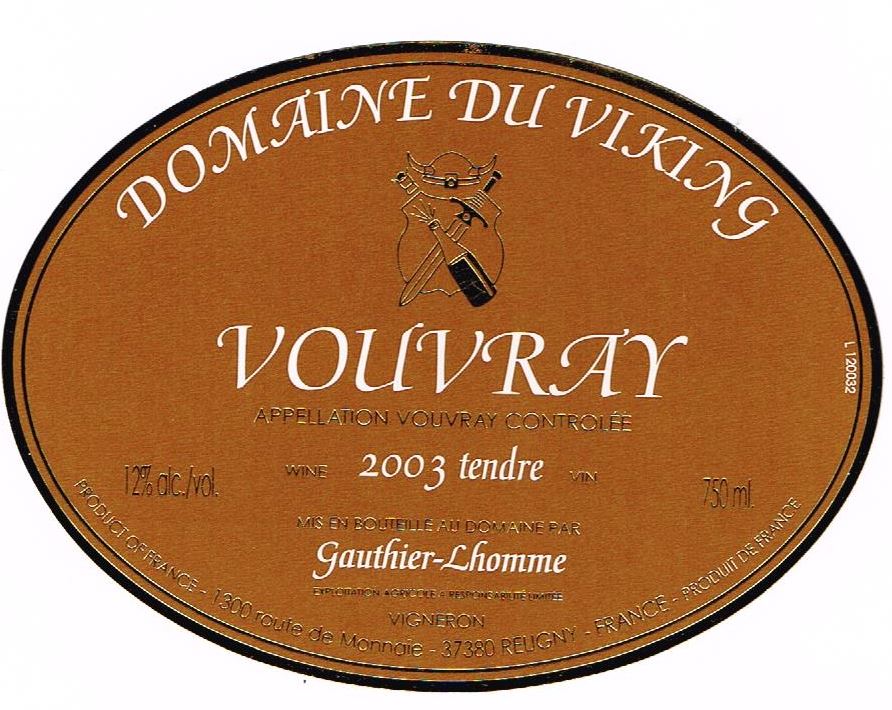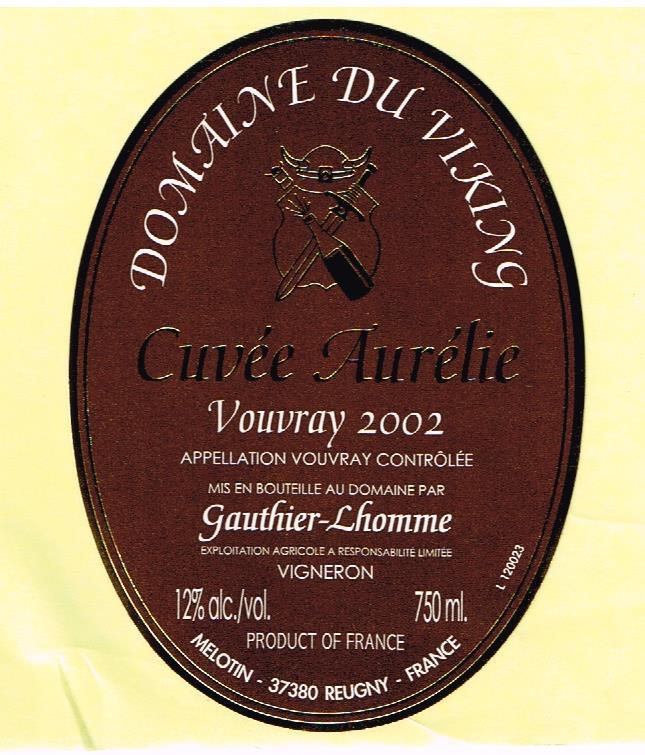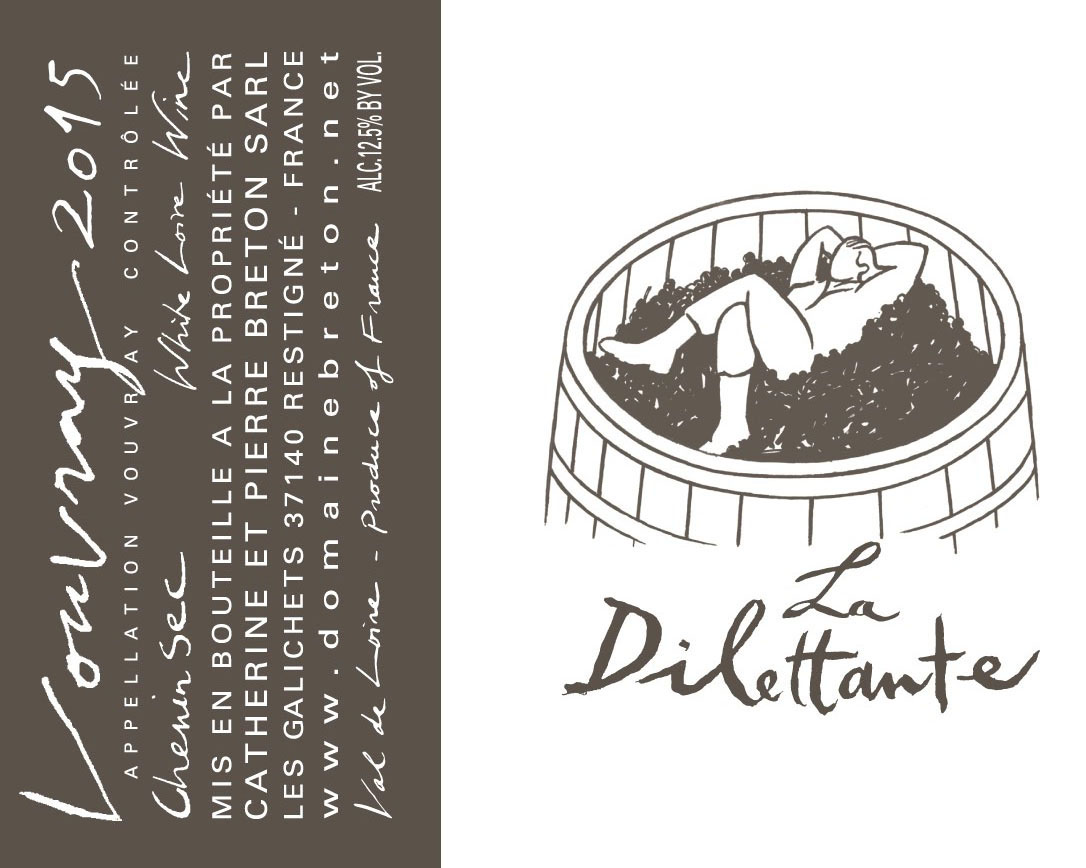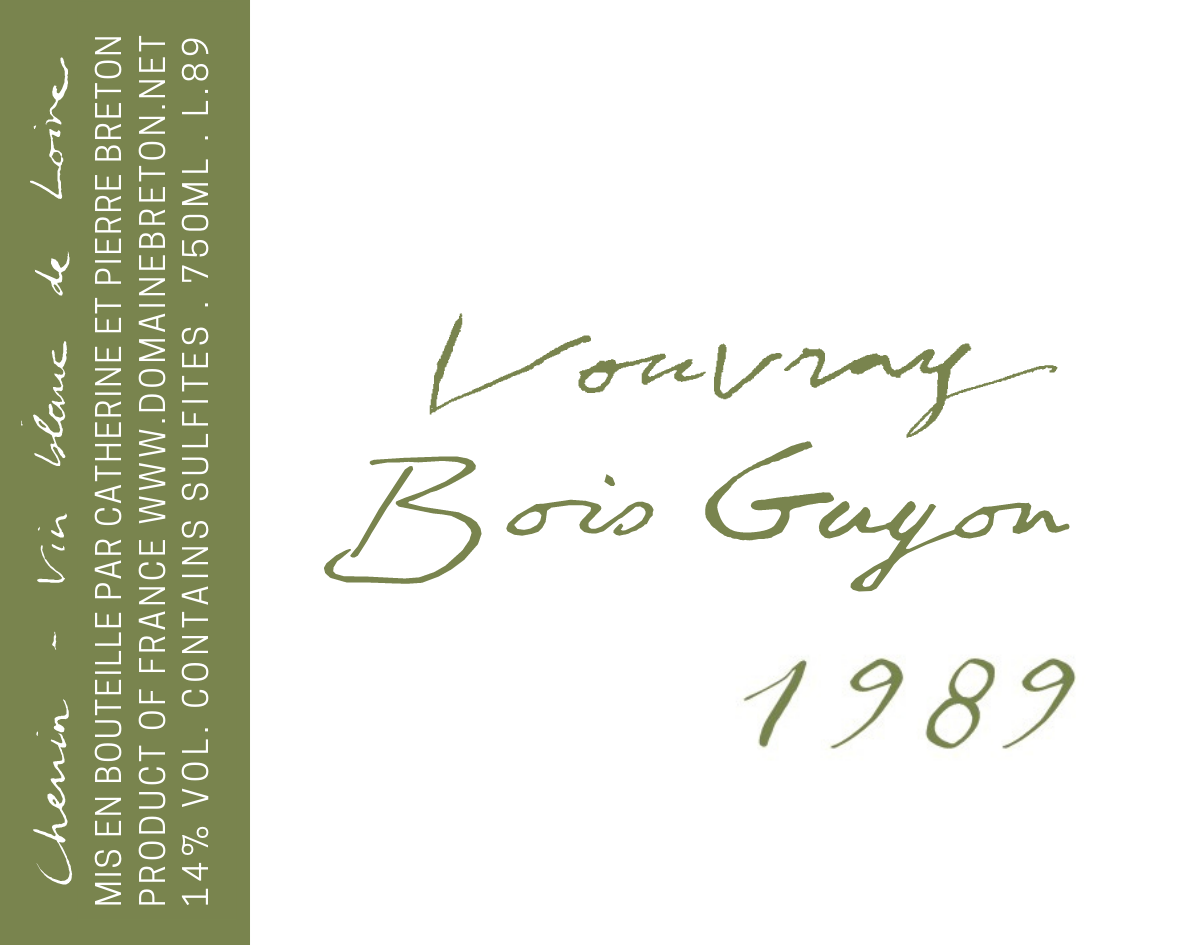Terroir of Vouvray
Vouvray's vineyards are on a limestone plateau with gentle south to southeast slopes near the Loire River. The soil mainly consists of Turonian tuffeau, a soft, chalky limestone, mixed with clay, siliceous soil, windblown silt, and flint. This unique mix gives the wines a distinct mineral taste. The porous subsoil helps roots grow deep, supporting vines during dry periods and ensuring a slow, steady ripening process.
The climate has both oceanic and continental influences, with mild weather and 650–700 mm of annual rainfall. Summers are warm but not too hot, though spring frosts can be a threat. Autumn humidity can lead to noble rot in favorable years. The nearby Loire River helps moderate temperature changes, preserving grape acidity. This results in wines that are ripe yet fresh, with impressive aging potential.
Notable Wineries in Vouvray
Vouvray, a renowned region in the Loire Valley, is distinguished for its Chenin Blanc wines, crafted with precision and tradition. Here are some standout wineries:
-
Domaine Huet: Established in 1928, a benchmark for Vouvray wines, known for biodynamic practices and celebrated single-vineyard offerings like Le Haut-Lieu and Clos du Bourg, ranging from Sec to sweet Cuvée Constance.
-
Domaine des Aubuisières (Bernard Fouquet): This family-run estate is acclaimed for its mineral-rich Vouvrays, particularly the flinty Cuvée de Silex, alongside notable Demi-Sec and Moelleux wines.
-
Other Producers: Vouvray also features cooperatives and smaller family estates that highlight site-specific qualities, producing Chenin wines with impressive aging potential.
Sustainable Winemaking in Vouvray
In Vouvray, a commitment to sustainable viticulture is gaining momentum, reflecting broader efforts within the Loire Valley. Many growers adopt organic and biodynamic practices to maintain soil health and enhance wine quality. Techniques such as cover cropping and composting are common, with a focus on reducing chemical inputs through integrated pest management. Careful canopy management helps boost biodiversity and prevent soil erosion.
Winemakers often use native yeasts and minimize sulphur to preserve the terroir's unique expression. The region also embraces eco-friendly innovations like renewable energy, water recycling, and lighter packaging to lower environmental impact. These practices not only safeguard the cherished tuffeau-rich soils but also align with the region's dedication to producing wines that respect and reflect their natural surroundings.
Wine Tourism in Vouvray
Vouvray's wine tourism centers on its historic cellars and the rich cultural tapestry of the Loire Valley. Visitors can explore ancient caves carved into tuffeau stone, where winemakers craft Chenin Blanc wines ranging from Sec to Moelleux. The scenic Loire River and the Loire à Vélo cycling route enhance the region's charm, linking Vouvray to nearby cultural landmarks like the châteaux of Amboise and Chenonceau. Winery visits often include tastings paired with local delicacies such as goat cheese and rillettes de Tours. Throughout the year, the region hosts events like harvest festivals and open-cellar weekends, offering a blend of cultural immersion and wine appreciation. These experiences highlight Vouvray's dedication to tradition and sustainability, with many producers embracing organic and biodynamic practices to maintain the terroir's unique character.



